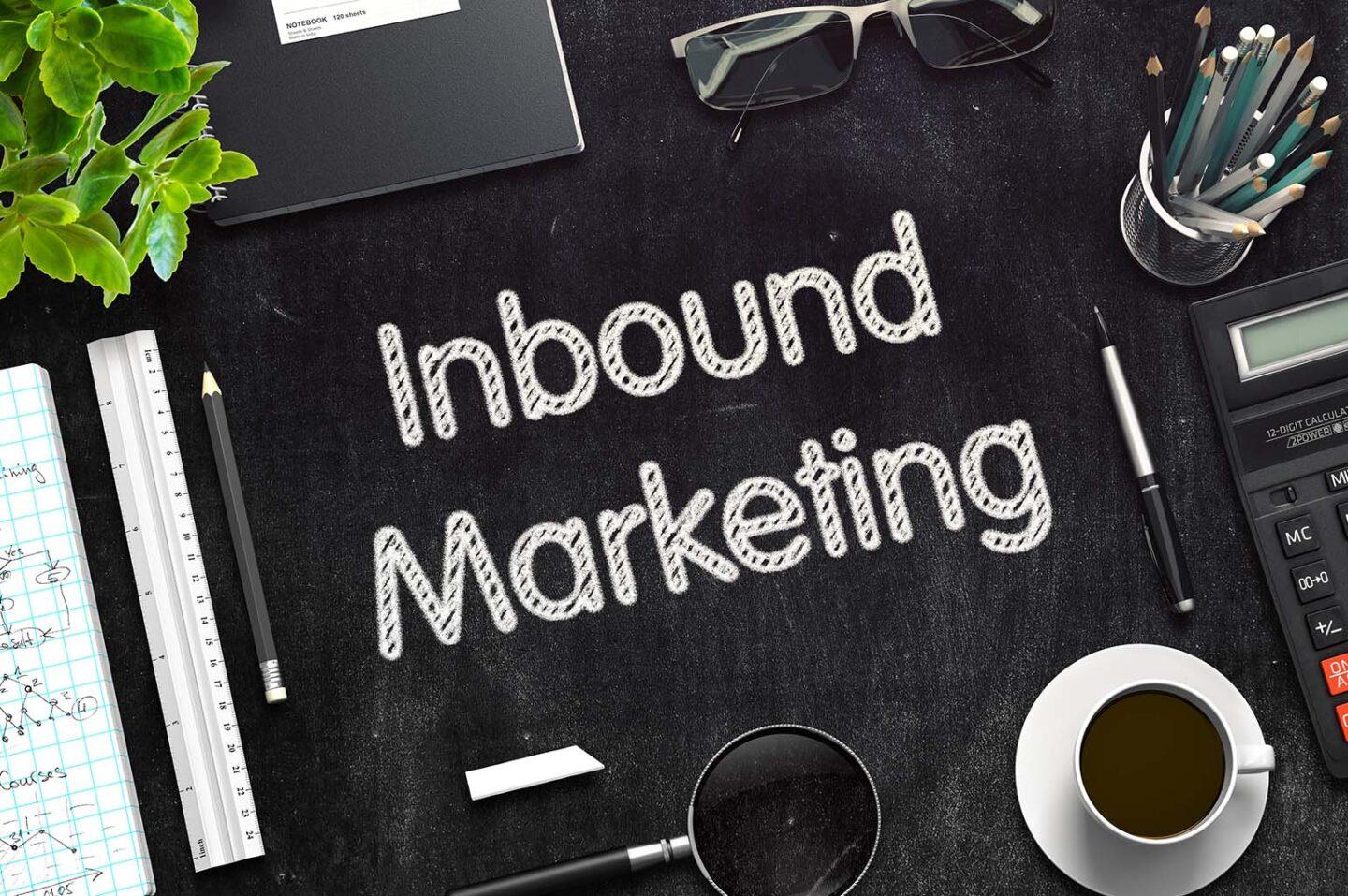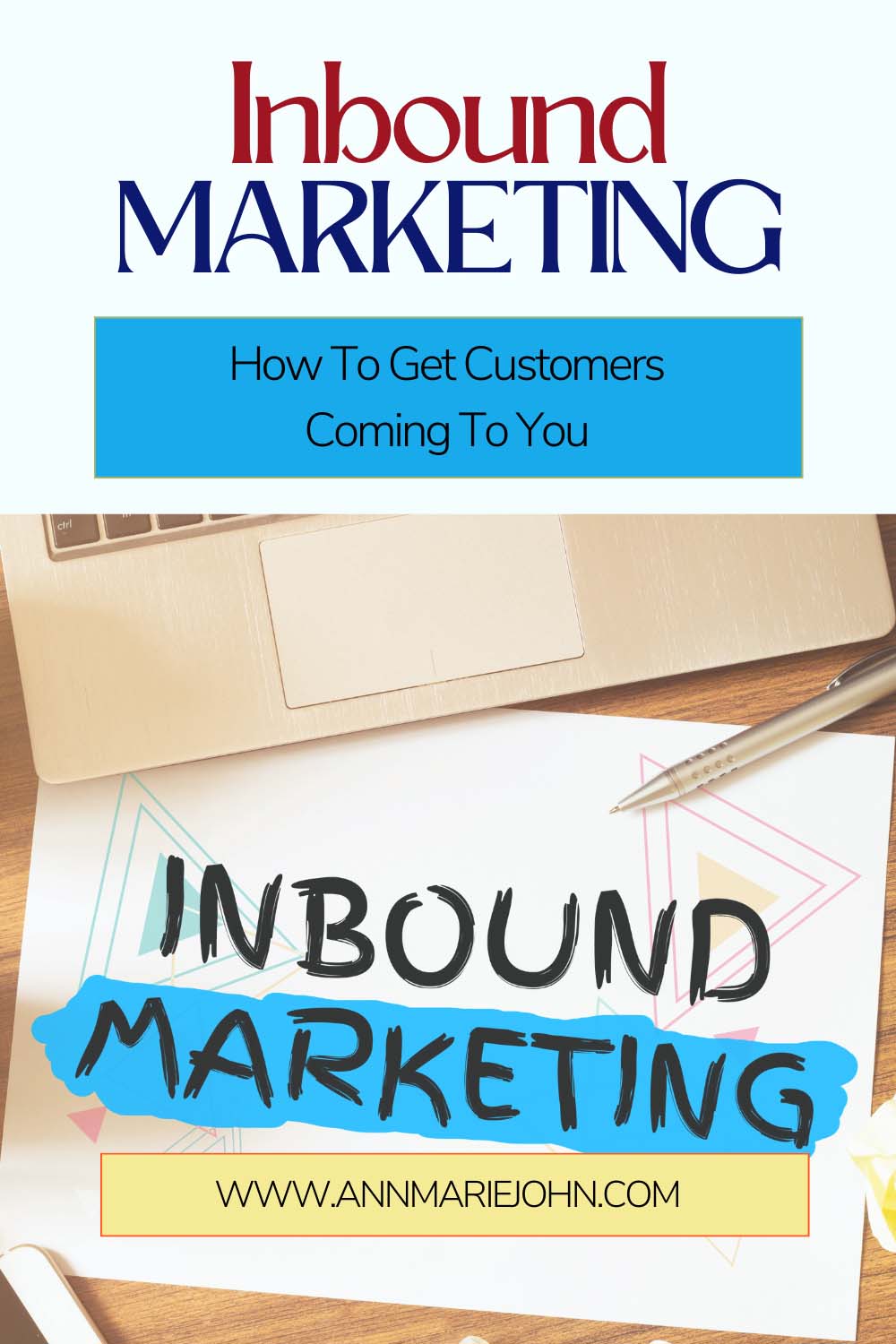Marketing is like catching fish. You can go out and actively look for them, or you can find a way to get them to come to you. The former is outbound marketing. The latter is inbound marketing.

Unlike outbound marketing, which involves hunting down customers with emails, ads, and cold calls, inbound marketing involves luring already-interested customers to you by targeting the places that they’re already searching for and by answering questions they are likely to have.
For those customers who find outbound marketing annoying and have learned to tune it out, inbound marketing can be necessary. But just what are some inbound marketing strategies worth investing in? This post lists five of the most effective strategies.

Understanding Inbound Marketing
What is Inbound Marketing?
Inbound marketing is a customer-centric methodology that revolves around creating valuable content and experiences tailored to your audience’s needs. Unlike traditional outbound marketing, which interrupts potential customers with unwanted messages, inbound marketing seeks to attract, engage, and delight prospects by providing them with relevant information at the right time and in the right format.
Key Components of Inbound Marketing
SEO
Search engines are where many customers actively go searching for products and services. Search engine optimization (SEO) is a means of making sure that your company’s web pages rank highly whenever someone searches a relevant term. The higher your company’s web pages rank, the more likely someone searching for them is to see them and click on them.
SEO typically involves targeting various keywords on your site. However, there’s a lot more to it—everything from the speed of your website to the number of third-party links leading to it can affect your rankings. It’s best to hire an SEO company to handle your SEO due to its complexity.
Blogging
Blogging can be another effective form of inbound marketing. Using blog posts, you can answer questions that customers are likely to have. For example, a piano seller might benefit from writing posts like ‘what are the top brands of piano?’ or ‘when is a good time to buy a piano?’.
Blogging is directly related to SEO, as many posts are likely to directly target keywords. However, a good blog post should also aim to convert customers—not by being promotional but by building credibility through informative content.
Informational videos
You can also answer questions that customers may have through videos. For example, if you own a solar panel company, creating an animated video to show ‘how a solar panel works’ could be a way of attracting potential customers.
Like blog posts, informational videos can be used to boost your credibility by showing that you know your stuff and by genuinely helping out customers by answering their questions. Popular types of information videos include animated explainer videos, behind-the-scenes videos, and interviews. It’s worth hiring a video production company to help you produce these videos.
Hashtags
Social media marketing is primarily outbound; a lot of it involves reaching out to customers with ads or promoted posts. However, it’s also possible to target customers who are actively searching for terms by publishing posts with hashtags.
In truth, you don’t actually have to use the ‘#’ symbol. Simply using keywords in posts on most social media platforms can help you attract people who may be searching for your business.
Directories and Guides
There are many physical and online directories/guides that customers actively seek out when looking for a company to use. This includes gift-buying guide posts, product comparison guides, travel guides, and listing sites.
Getting features in these directories and guides could help you generate lots of new customers, as you’ll be targeting people who are searching for your company. There are some directories where you can upload your own listing. In other cases, you may need to conduct a PR campaign to help get featured in guides or pay influencers money to get featured.
The Inbound Marketing Methodology
- Attract: Create Compelling Content: The first step in inbound marketing is attracting potential customers to your website or online presence. To achieve this, you need to create and distribute content that resonates with your target audience. This includes blog posts, social media updates, videos, podcasts, and other forms of content that address your audience’s pain points and interests.
- Convert: Turn Visitors into Leads: Once you have visitors on your site, the next step is to convert them into leads. This involves capturing their contact information through forms, landing pages, and other lead generation tools. Provide valuable resources such as ebooks, webinars, or free trials in exchange for their details.
- Close: Transform Leads into Customers: After obtaining leads, it’s time to nurture them and convert them into paying customers. Utilize email marketing, targeted content, and personalized communication to guide leads through the sales funnel. Showcase the value of your products or services, and address any concerns they may have.
- Delight: Provide Exceptional Customer Experience: The inbound marketing process doesn’t end once a lead becomes a customer. Delight your customers by providing exceptional service, valuable resources, and ongoing support. Happy customers are more likely to become promoters, advocating for your brand and bringing in new customers through word of mouth.
Measuring Inbound Marketing Success
- Analytics and Data Tracking: Implement robust analytics tools to track the performance of your inbound marketing efforts. Monitor website traffic, conversion rates, and customer interactions. Analyzing the data will help you identify successful strategies and areas for improvement.
- Key Performance Indicators (KPIs): Define KPIs that align with your business goals. Track metrics such as lead conversion rates, customer acquisition costs, and customer lifetime value. Regularly review these KPIs to measure the effectiveness of your in-bound marketing campaigns.
In Conclusion
Inbound marketing has become a cornerstone of digital success, enabling businesses to build meaningful relationships with their audience while driving sustainable growth. By implementing a well-rounded inbound marketing strategy, incorporating SEO best practices, and consistently delivering value, you can position your business as an authority in your industry and attract customers who actively seek out what you have to offer. Embrace the power of inbound marketing and watch your business thrive in the dynamic digital landscape.
